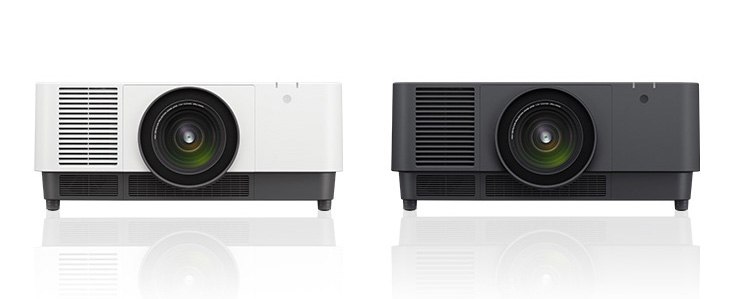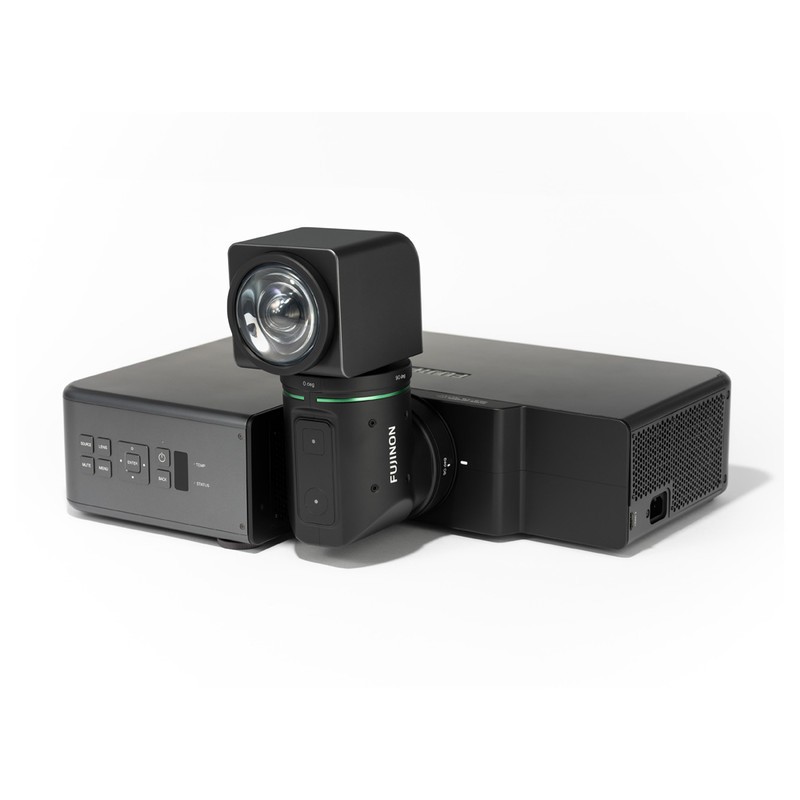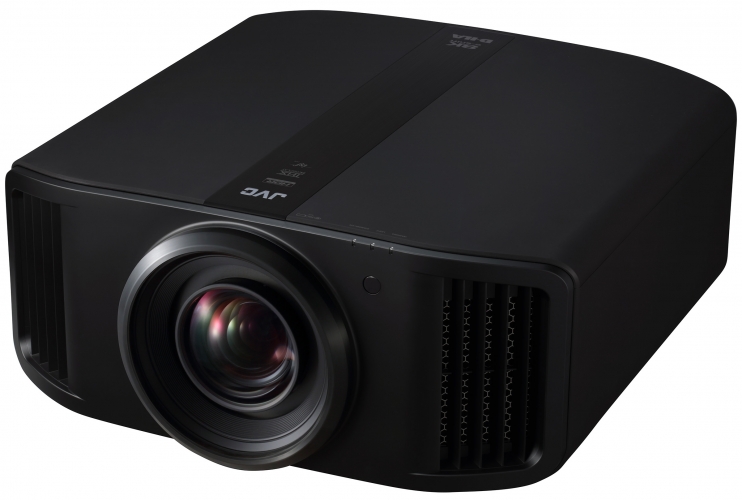8K Projectors Shine at CEDIA Show

Sony’s Brightest 3LCD Laser Projectors Available for Pre-Order
August 31, 2018
Fujifilm Announces Projector Featuring a Rotating FUJINON Lens
September 28, 20188K Projectors Shine at CEDIA Show


One of the most exciting developments at the recent CEDIA tradeshow was the introduction of a number of new 8K projectors being made available by JVC, Wolf Cinema, Digital Projection Inc., and Sony. While similar professional 8K units have already been seen in the commercial market, for applications such as simulation, these manufacturers are now eying the high-end luxury consumer space in preparation for the 2020 Olympic Summer Games, where Japanese broadcaster NHK plans to televise the event in 8K.
JVC announced two 8K projectors – the Procision series DLA-NX9 and Reference series DLA-RS3000. To achieve 8K on the screen, these JVC models will utilize JVC’s e-shift technology which quadruples the resolution of the D-ILA images through a rapid shifting process. With the lack of current 8K content available, JVC employs Multiple Pixel Control technology to up-convert HD and 4K images to 8K. Both JVC models will carry an MSRP of $17,999. High-end home theater projector manufacturer Wolf Cinema also joined the 8K party by showing it’s TXF Theater Extreme unit. The Wolf Cinema model also utilizes JVC’s native .69″ D-ILA chip and the latest e-shift technology, but adds a laser-light source and Woolf Cinema’s ProScaler technology to upscale content to achieve the 8K image.
Digital Projection Inc. (DPI) showed their Insight 8K projector which they tout as the first 8K DLP unit. It boasts a 7680×4230 resolution and employs a dual laser phosphor light engine producing 25,000 lumens. DPI is using signal and optical processing from Delta to achieve 240 fps for their amazing screen images. As with the JVC and Wolf models, the Insight Laser 8K will upscale 4K content to 8K and can also display four 4K or sixteen HD images on one screen making it ideally suited for the “ultimate” home theater or applications such as broadcast, command and control and simulation. DPI’s first sale of the Insite Laser 8K was to NHK Japan Broadcasting and they will begin shipping in the US in late October.
Sony, who has been a leader in the 4K market since launching the industry’s first native 4K SXRD projectors more than five years ago, took a more conservative approach to 8K at CEDIA and showed a dual-4K solution that went above and beyond the traditional method of stacking two projectors. The dual units are configured to present two 4K images on the screen and are combined with special signal processing to produce what Sony calls Hyper-resolution. They also employ some digital pre-compensation which reduces stray light to produce very deep blacks ad smooth gradation.
Display market analyst firm PMA Research follows trends in the projection market. Sales of 4K models continue to increase, but still have a long way to go in terms of market saturation. So, the 8K models, while breath-taking, are now more of a technology demonstration and will be reserved for the very high-end luxury home cinema market and demanding commercial applications that need the absolute best resolution available.